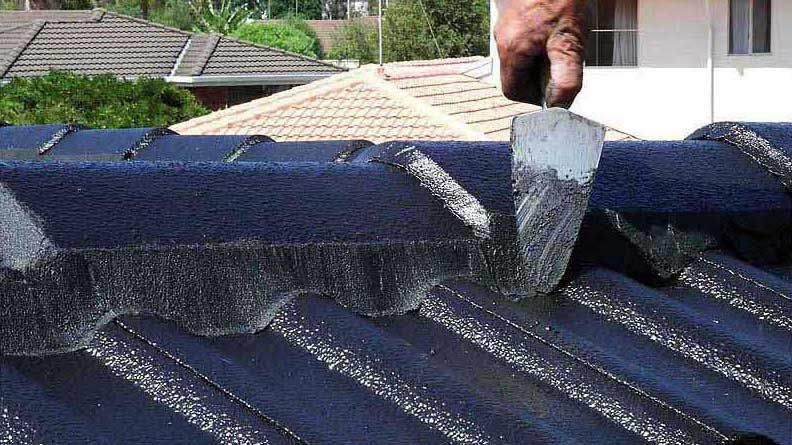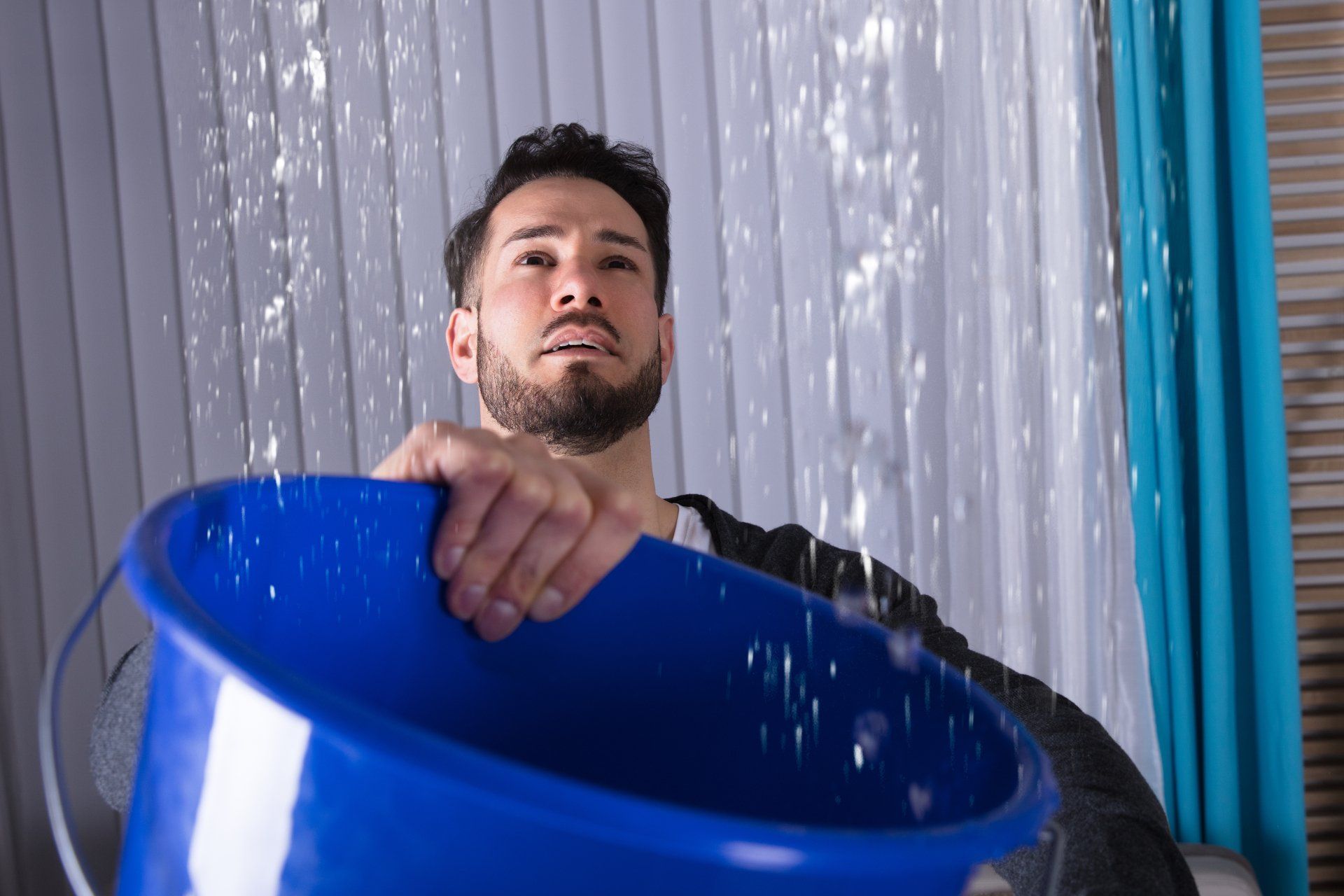What is Roof Repointing?
Repointing is a process of repairing the mortar joints in a roof. Over time, the mortar joints between the roof tiles can become damaged or weakened, leading to water infiltration and other problems. Repointing is the process of removing the damaged mortar and replacing it with new mortar to ensure the roof is secure and watertight.

Materials Used for Repointing:
The materials used for repointing include a mixture of sand, cement, and water. Some contractors may also add a bonding agent to the mixture to improve its strength and durability. It is important to choose the right mixture and to mix it correctly to ensure the new mortar joints are strong and will last for many years.
Step 1: Inspection
Before beginning the repointing process, it is important to inspect the roof thoroughly to identify all the damaged areas that need to be repaired. This may include cracks, gaps, and loose or missing mortar. The inspector will also assess the condition of the roof tiles to ensure they are in good shape and do not need to be replaced.
Step 2: Preparing the Surface
The next step is to prepare the surface of the roof by removing all the loose or damaged mortar. This can be done using a chisel and hammer or a power tool, such as an angle grinder. Care should be taken to avoid damaging the roof tiles or surrounding areas.
Step 3: Cleaning the Joints
Once the loose mortar has been removed, the joints should be cleaned thoroughly to remove any dust, debris, or dirt. A stiff brush can be used for this, or a pressure washer if available.
Step 4: Applying the Mortar
The next step is to mix the mortar and apply it to the joints. The mortar should be applied evenly and pressed firmly into the joints. The newly applied mortar should be smoothed out with a trowel and shaped to match the surrounding mortar.
Step 5: Curing the Mortar
After the mortar has been applied, it should be allowed to cure for a minimum of 24 hours before the roof is used or walked on. During this time, it is important to protect the newly applied mortar from rain or other moisture to ensure it sets properly.
Step 6: Finishing Touches
After the mortar has cured, the final step is to clean up the site and check that the repointing has been completed to a high standard. This may include removing any excess mortar or debris, and brushing the roof tiles to remove any residue.
Conclusion:
Repointing is an important aspect of roof maintenance and restoration. By repairing damaged or weakened mortar joints, you can ensure your roof remains secure and watertight for many years to come. It is important to choose a reputable and experienced contractor to carry out the repointing work, and to follow the steps outlined above to ensure a high-quality result.
Note: Roof restoration is a comprehensive process of restoring the roof to its original condition, which may include repointing, repairing or replacing roof tiles, and other work as necessary. While repointing is an important aspect of roof restoration, it is just one aspect of the overall process and is not always necessary in every case.

